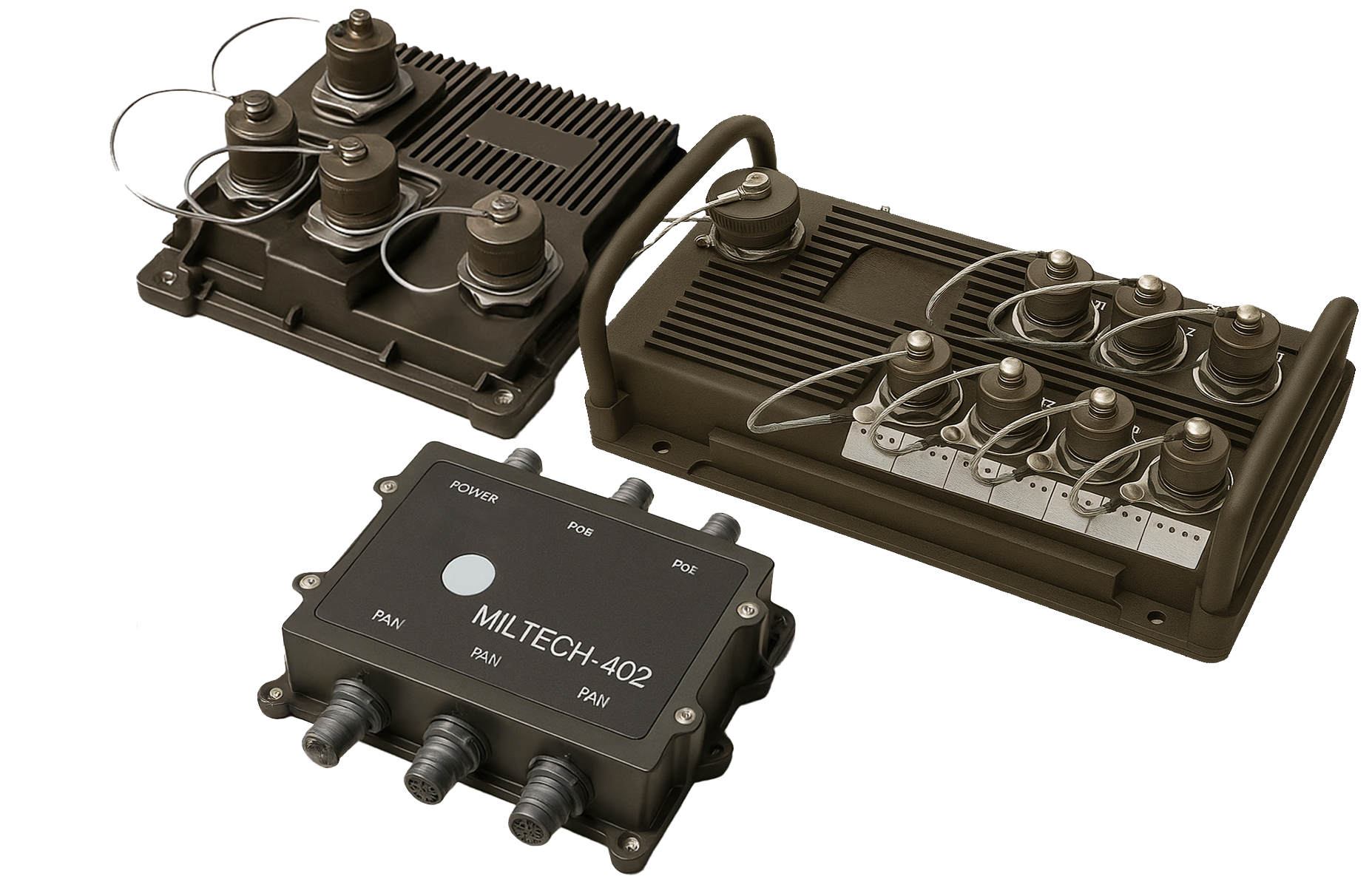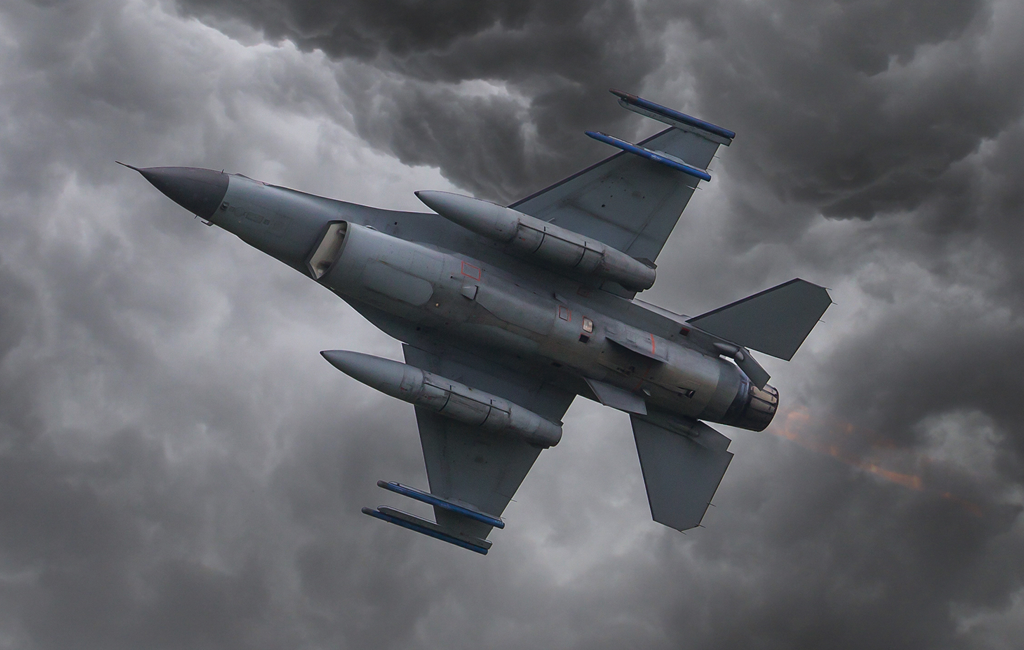
Milpower Source’s Power over Ethernet (PoE) solutions provide dependable power and data transmission over standard Ethernet cabling, purpose-built for military and aerospace platforms. Engineered to handle multiple power levels and data rates, these products are well-suited for compact equipment such as tactical radios, mission displays, and surveillance systems. All Milpower Source PoE modules comply with MIL-STD requirements, ensuring reliable operation under demanding conditions of shock, vibration, temperature extremes, and EMI. These solutions reduce wiring complexity and enhance system dependability with scalable integration options
Power over Ethernet (PoE) combines data and electrical power delivery into a single Ethernet cable, eliminating separate power wiring. This streamlines system design, lowers installation time and cost, and reduces weight—critical advantages for space-limited military and aerospace systems.
Milpower Source’s PoE products support IEEE 802.3af/at/bt standards, enabling flexible power delivery from 15W to 90W per Ethernet port (10M/100M/1G/10G). Applications include IP cameras, radios, sensors, and wireless access points. By consolidating cabling infrastructure, PoE improves reliability, speeds up deployment, and simplifies integration across mission-critical environments.
Explore our portfolio of rugged PoE solutions, including PSE/PD switches, media converters, and accessories for integrating non-PoE equipment.
 |  | |
| Next-Gen Soldier Systems: Real-Time Communication and Energy Management | MIL-STD-704: A Challenging Standard for Airborne Applications |
PoE is a technology that delivers both data and electrical power over a single Ethernet cable. This eliminates the need for a separate power line or local power supply, reducing system cost and complexity.
Milpower Source’s PoE solutions support:
PoE typically operates between 44V–57V DC depending on the standard:
The PSE supplies the voltage and safely delivers it to the PD through Ethernet cabling.
A PoE injector introduces power into an Ethernet cable for devices connected to a non-PoE switch. Positioned between the switch and the PD, it enables remote powering of cameras, radios, or other equipment.
A PoE splitter separates power and data from a PoE-enabled cable. One output carries Ethernet data (10M/100M/1G/10GBase-T), while the other delivers DC power to non-PoE equipment—ideal for connecting legacy devices to PoE networks.
The PoE budget is the total power capacity available from a switch or injector across all active ports. Each connected device draws a portion of this budget, which must remain within the system’s maximum supply.